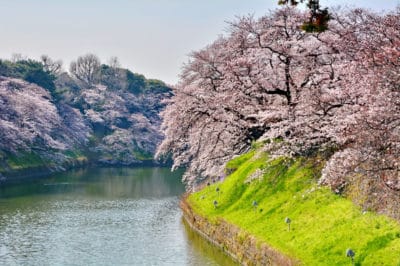10 Facts About Weeping Cherry Trees
- There are several different varieties of weeping cherry with the scientific name Prunus subhirtella pendula, also known as the Higan cherry.
- These cultivars of ornamental cherry grow in USDA planting zones 4 to 9, but most varieties thrive best in zones 5 to 9.
- The size of weeping cherry trees varies, but the largest varieties can reach 40 feet (12.2 meters) in height and 30 feet (9.2 meters) in diameter.
- There are also dwarf varieties of weeping cherry tree which grow to a maximum height of 8 to 15 feet (2.4 to 4.6 meters) with a spread of 6 to 8 feet (1.8 to 2.4 meters).
- All weeping cherry trees are highly susceptible to a variety of fungal and bacterial diseases, especially in the root system, and grow best when planted in areas with good drainage and good air circulation.
- Weeping cherry trees grow best in full-sun and do not need much fertilizer or pruning.
- Different varieties of weeping cherry tree have different characteristics such as the length of bloom time, differing flower colors, and resistance to disease.
- Weeping cherry trees produce a small fruit, inedible by humans. However, birds enjoy this fruit and also often build nests in these trees, making this tree a good choice for people who love bird watching.
- Weeping cherry trees lose their leaves in winter, but the leaves turn bright yellow in fall before dropping, leaving low drooping branches which are also attractive when bare.
- Weeping cherry trees are native to Japan but are now also widely cultivated in the United States and other parts of the world.
Other Things to Know about Weeping Cherry Trees
Weeping cherry trees are often not very long-lived due to their high susceptibility to fungal and bacterial diseases. Many types of cherry tree, including weeping cherry, only live about 15 to 20 years. However, when planted in a suitable location and given proper care, weeping cherry trees can survive much longer.
Weeping cherry trees grow quickly when they are grafted trees, gaining up to 12 to 24 inches (30 to 61cm) in height per year. The drooping branches also grow up to 2 feet (.61 meters) annually.
